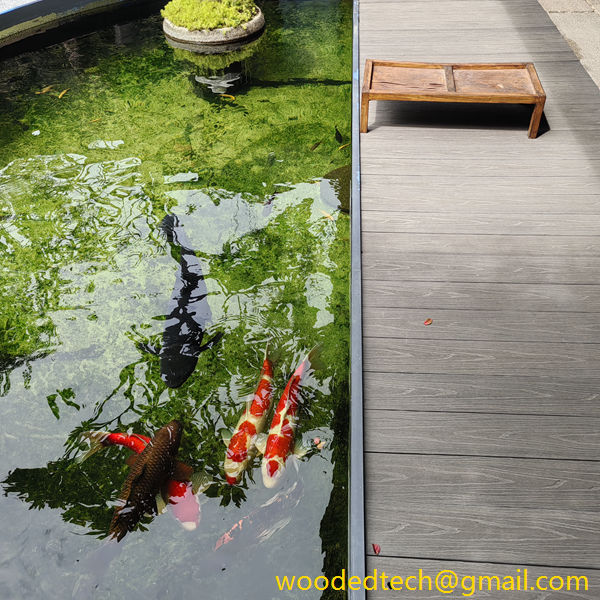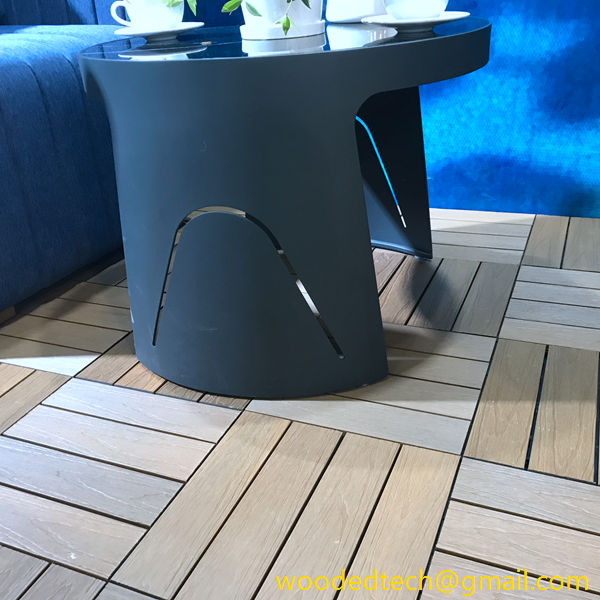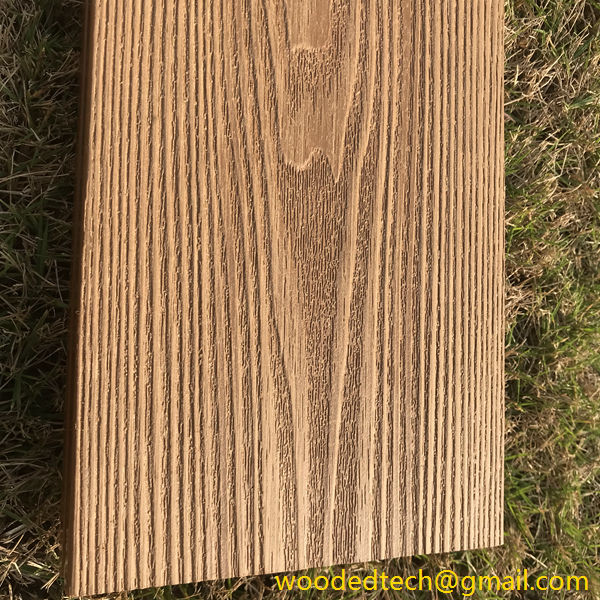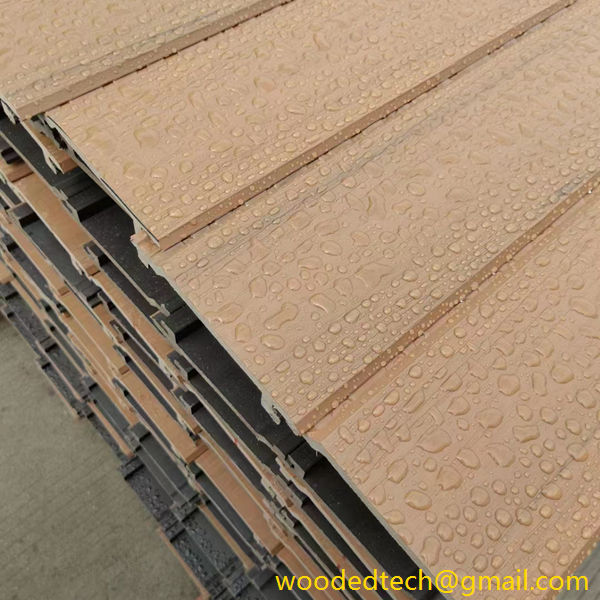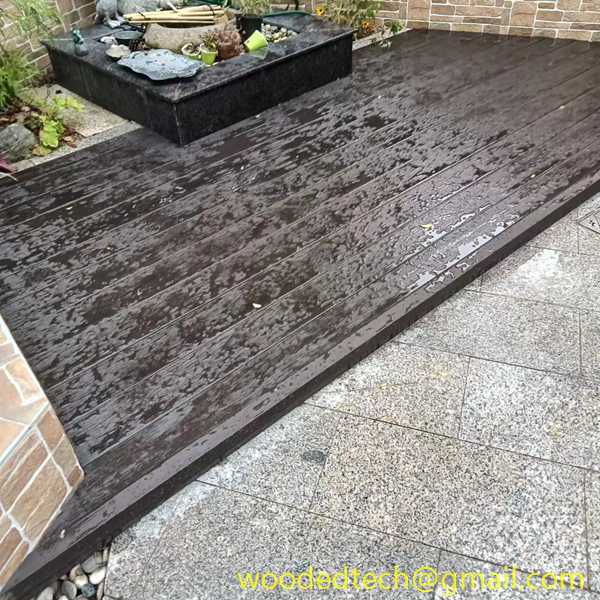A Comprehensive Guide to WPC Decking Technical Data Sheet for Informed Decision Making
Wood Plastic Composite (WPC) decking has gained significant popularity in recent years due to its unique combination of durability, aesthetic appeal, and sustainability. Understanding the technical data sheet for WPC decking is essential for making informed decisions regarding its application and performance. This guide will delve into the production process of WPC decking, highlighting the materials used, manufacturing techniques, and key technical specifications.
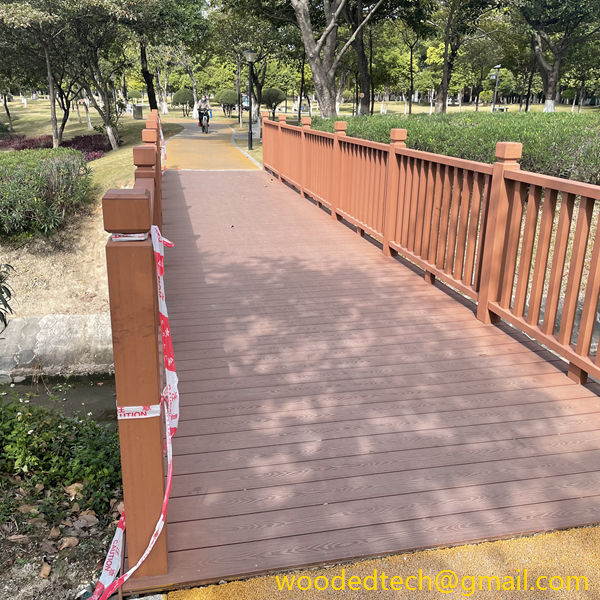
WPC is primarily composed of a blend of wood fibers and thermoplastic polymers. The wood fibers can be derived from various sources, including recycled wood waste, sawdust, and other wood by-products. The use of recycled materials not only contributes to environmental sustainability but also enhances the strength and stability of the final product. The thermoplastic polymers, often polyethylene or polypropylene, provide resistance to moisture, UV radiation, and various environmental factors, making WPC an excellent choice for outdoor applications.
The production process begins with the careful selection and preparation of raw materials. Wood fibers are processed to ensure consistent size and quality. These fibers are then mixed with the chosen thermoplastic polymer in a specific ratio, typically ranging from 50 to 70 percent wood fibers to 30 to 50 percent polymer. This mixture is crucial as it directly influences the material’s physical properties, including density, strength, and flexibility.
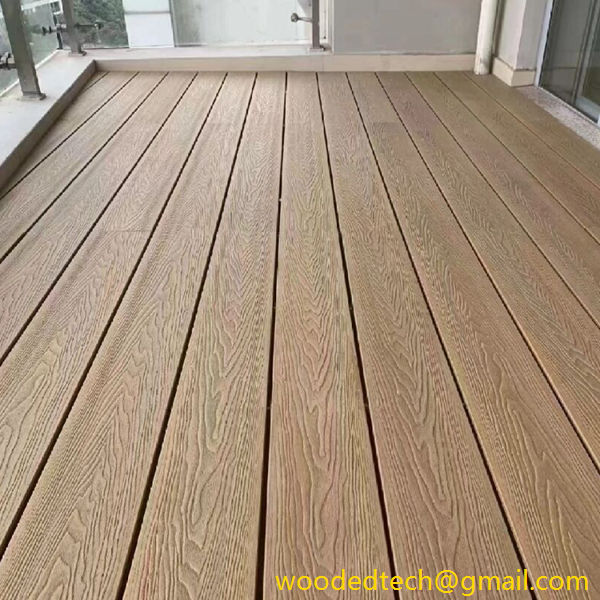
Once the materials are blended, they undergo a process known as extrusion. During extrusion, the mixture is fed into a heated chamber where it is melted and then forced through a mold to form the desired shape of the decking boards. This process allows for the creation of various profiles and textures, enhancing the aesthetic appeal of the decking. The extruded boards are then cooled and cut to the desired length, ready for finishing.
Finishing processes may include sanding, surface treatment, and the application of protective coatings. These steps are vital as they enhance the product’s appearance and provide additional protection against wear and tear. Surface treatments may involve adding pigments or additives that improve UV resistance and prevent fading over time. Such enhancements contribute to the longevity and durability of WPC decking, making it an attractive option for homeowners and builders alike.

When evaluating WPC decking, it is essential to consider several key technical specifications outlined in the data sheet. These specifications include density, moisture absorption, thermal expansion, and resistance to environmental factors such as mold and mildew. Density is a critical parameter as it influences the strength and durability of the decking. A higher density generally indicates a more robust product that can withstand heavier loads and resist wear over time.
Moisture absorption is another important factor, particularly for outdoor applications where exposure to water is inevitable. WPC decking typically exhibits low moisture absorption rates, making it resistant to warping, cracking, and swelling. This characteristic is vital for maintaining the integrity of the decking in various weather conditions.
Thermal expansion is also a significant consideration when selecting WPC decking. Due to the combination of wood and plastic materials, WPC can experience changes in dimensions with temperature fluctuations. Understanding the thermal expansion coefficient helps in planning for proper installation and spacing to accommodate these changes, ensuring the decking remains stable over time.
Resistance to mold and mildew is crucial for maintaining the aesthetics and safety of the decking. Many WPC formulations include additives that inhibit the growth of mold and mildew, making them suitable for humid climates. This feature is particularly beneficial for areas prone to moisture, as it helps in preserving the appearance and functionality of the decking.
In addition to these technical specifications, the data sheet may also provide information on warranty periods and maintenance guidelines. Most manufacturers offer warranties that cover defects in materials and workmanship, providing peace of mind for consumers. Maintenance guidelines typically recommend periodic cleaning and inspection to ensure the decking remains in optimal condition.
In conclusion, a comprehensive understanding of the technical data sheet for WPC decking is essential for making informed decisions. The production process, from raw material selection to finishing techniques, plays a vital role in determining the performance and durability of the final product. By considering key specifications such as density, moisture absorption, thermal expansion, and resistance to environmental factors, consumers can select the most suitable WPC decking for their needs. This knowledge not only enhances the longevity of the decking but also contributes to a more sustainable and environmentally friendly choice in outdoor living spaces.


